When homelessness and youth intersect, it becomes a problem of vulnerable people being exploited in both the developed and developing nations.
A 17-year-old male and a 14-year-old female approach a car window on the near north side of Chicago. Both are involved in survival sex and both are trying to help one another get through the night. Off the coast of Thailand, a 16-year-old Burmese refugee is forced to work on a fishing boat for food. In South America, a street child is assaulted for being a human pestilence, a social problem that needs to be removed. They come from different circumstances but what they all have in common is the potential to be exploited and trafficked. Their futures are diminished. These are a special category of homeless: homeless youth.
Citizens are increasingly familiar with the plight of the homeless in their own cities and towns. The public is beginning to understand the issues related to human trafficking. However, all too often we seem to think that homelessness is an urban problem and human trafficking is something that happens in developing nations. When homelessness and youth intersect, it becomes a problem of vulnerable people being exploited in both the developed and developing nations.
Homeless youths are vulnerable to a host of medical and health problems. They are the targets of violence. They are often sexually abused and their labor is often exploited. The estimated numbers of homeless youth around the world is staggering. However, to appreciate the breadth of the problem it is important to have not only a global perspective, but to also be aware of what is happening in your own country and communities.
Vulnerable Young Adults
I live in the United States and according to Do Something. Org there are 1.7 million homeless adolescents in the US. Life on the streets is tough and 75% of the homeless youth reportedly use drugs. The assumption is that the substances serve to partially numb the consequences of abuse. It is estimated that 5,000 young adults die yearly from illness, violence or suicide.
Homeless youths often have less education and vocational training then their peers. They often have legal problems. The result is that they are often under-employed or unemployed. This lack of vocational skills, dubious legal standing and a history of sexual abuse makes them prime targets of sexual predators. The National Network for Youth report that the rate of sexual assault on these youth are up to three times higher than the general public. This includes being assaulted on the streets and in shelters.
A toothache or a cut foot without first aid could become a serious health problem. Two days without food could lead to fights and poor judgment.
It is estimated that up to a third of the runaway teens have participated in survival sex – exchange of sex for the necessitates needed to get through the night. That may be money for food, shelter, safety or drugs to ease the discomfort of withdrawal from a particular substance. (The term “prostitution” is often viewed as a value judgment, while “survival sex” is a term that acknowledges the desperation of the participant.) Estes and Weiner estimates that there are 162,000 homeless young adults who are victims of sexual human trafficking in the United States.
24-Hour Neighborhoods
Homeless youths in the United States have often been undercounted. This is partially due to how statistics are collected. Homeless parents, and homeless parents with children, are counted. Children in foster care or residential facilities are counted as youth in residential settings, even though they may not have a home to return to. Homeless youth who are incarcerated are counted as part of the juvenile justice system and not as homeless. Recently, there has been a focused effort to specifically count homeless youth. This is important because homeless youths learn from their experiences and what they learn to survive may be of immediate benefit but detrimental to their long-term success.
Homeless youths learn to travel in groups for protection. Those who are not episodically homeless often seek out 24-hour neighborhoods. These are neighborhoods in which the activity level is high and a pack of teens traveling together would not draw undue attention. These are also neighborhoods that are often focal points or prostitution and drug trade.
The writer was on sabbatical in Chicago working with Emmaus Ministries. This is an urban, ecumenical ministry that works with homeless men who participate in prostitution. Outreach often consisted of walking the streets of the Lakeview neighborhood between 10:30 PM and 3:00 AM. This was a 24-hour neighborhood. There were multiple nightclubs, restaurants, coffee shops and adulthood bookstores. The night community consisted of folks out for a night of dancing and socializing. It also consisted of drug dealers, hustlers, the police and a large group of homeless teens. In fact, the neighborhood social agencies had developed specialized programs for the youth, but the programs only functioned during the day. The result was that the “Belmont Family,” nicknamed after the street they congregated at, would spend the night trying to raise some money, have some fun, eat, and avoid the police.
At that time the current leader of the Belmont Family was “Bob.” He was 19. He spent his time looking after the younger members of the clan while trying to find a place for them to crash for the night. While the other members gave the appearance of being carefree, Bob looked tired. He worried about their health, their meals, avoiding gang members and intergroup conflict. A toothache or a cut foot without first aid could become a serious health problem. Two days without food could lead to fights and poor judgment. What he did not do was look after his own needs. He did not have time to access the educational, vocational or mental health services available to him.
Down the street from the Belmont Family were travelers. They were young folks who traveled the rail lines each year. They carried all their belongings. They often had dogs for protection and they trusted few outsiders. Should they open up to you, you would hear stories of violence and sexual abuse on the trains and in their camps.
Profiles of Homeless Communities
The profile of a homeless community changes according to local and culture. Most of the world refers to them not as homeless but rather as street youth. There are over 100 million street children worldwide. The causes of homelessness and the response to the problem differs from country to country. In the United States, homelessness might be a response to abuse at home, bullying from peers because or sexual orientation, poverty or substance abuse. In other countries it may be the result of extreme poverty, civil war, parental death from AIDS, or natural disasters.
The United Nations issued the Resolution on the Plight of Street Children in 1992. The resolution called for great cooperation among nations to protect the street children from violence and hardship. Many NGOs have used this as a guiding mandate to serve street children. However, over the year’s sectarian violence, civil wars, and disasters have demanded the limited resources of many developing nations. The result is that the focus on street children has been inconsistent at best.
In one country, orphanages are a response to a desperate need. In other countries, they are a form of exploitation.
Unemployed youth are a potential stress on a developing nation. Homes and jobs provide stability. This is desirable for the society, but also for the individual. The author spent time in Mumbai providing program assessment for the Samabhavana Society – an agency that provides vocational training to men who participate in prostitution. The vocational training program was supported by Love146 – an abolitionist organization that advocates for exploited children. Thirty-two individuals were interviewed. I interviewed the masseurs. These were lower caste young men who worked the street corners. They would tap a small glass vile over their finger with a stone to let “customers” know they were ready for business. I also interviewed escorts who were higher caste males who had some control over who they worked for. Both groups expressed shame and fear related to their jobs. Prior to their vocational training both groups expressed feeling trapped in a shameful profession.
While I was interviewing adult men, they were telling me about their childhood. Many of them were sent from their villages to Mumbai at 10 years of age. They were sent to the city to make money to support the family. Many of these quickly resorted to prostitution, out of necessity, to supplement their meager incomes.
Across the city I met with Hijra, who are considered the third gender of India. These are men who are often rejected by their families as young boys because of effeminate behavior. They then find their way to large cities where they meet adult Hijra, or eunuchs. Hijra fill a niche in South Asian society. They often provide blessings at weddings and births. However, their limited vocational training, their social rejection also limits their vocational choices. The result is that they often resort to prostitution to survive.
The special circumstances could go on and on. In Chiang Mai, Thailand, Alezandra Russel, the founder of Urban Light, works with exploited boys. Many of these boys were sent to Chaing Mai by their parents to make money to send home. Quickly, the young boys learn that sex with Westerners helped get them the money their families needed. Urban Light, like the Samabhavana Society, provided vocational training and soft-skills training. It is the later that is generalizable to so many areas of life. Soft-skills includes hygiene and grooming, how to address work superiors and the elderly, how to interview.
The circumstances and the responses differ in each locality. In one country, orphanages are a response to a desperate need. In other countries, they are a form of exploitation. In some countries the homeless youth experience post-traumatic stress in response to sexual violence in other countries the traumatic stress is a response to being force to serve as a child soldier.
Whether homeless young adults reside in the industrialized or the developing world, they are a concern to their societies. Violence, criminal activity, and health problems are all associated with large poverty stricken communities. However, not every country responds with compassion.
The United Nations Resolution on the Plight of Street Children still resonates. If we are to avoid sharp increases in transmittable diseases, social unrest and stagnate economies then it is in everyone’s interest to increase prevention programs and vocational restoration programs. It is time for governments, NGOs, and faith communities to plan and coordinate services for homeless youth. It is time to break the cycle.
The views expressed in this article are the author’s own and do not necessarily reflect Fair Observer’s editorial policy.
Support Fair Observer
We rely on your support for our independence, diversity and quality.
For more than 10 years, Fair Observer has been free, fair and independent. No billionaire owns us, no advertisers control us. We are a reader-supported nonprofit. Unlike many other publications, we keep our content free for readers regardless of where they live or whether they can afford to pay. We have no paywalls and no ads.
In the post-truth era of fake news, echo chambers and filter bubbles, we publish a plurality of perspectives from around the world. Anyone can publish with us, but everyone goes through a rigorous editorial process. So, you get fact-checked, well-reasoned content instead of noise.
We publish 2,500+ voices from 90+ countries. We also conduct education and training programs
on subjects ranging from digital media and journalism to writing and critical thinking. This
doesn’t come cheap. Servers, editors, trainers and web developers cost
money.
Please consider supporting us on a regular basis as a recurring donor or a
sustaining member.
Will you support FO’s journalism?
We rely on your support for our independence, diversity and quality.



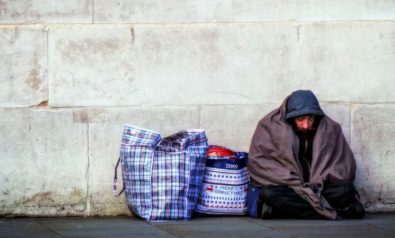

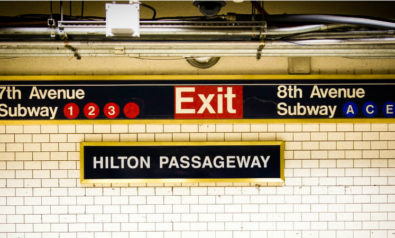
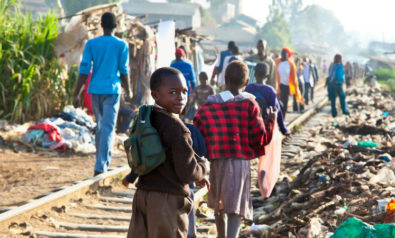

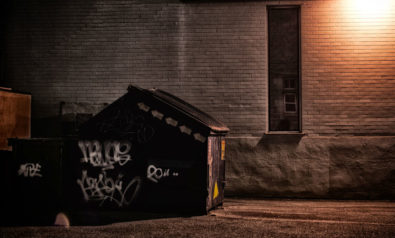

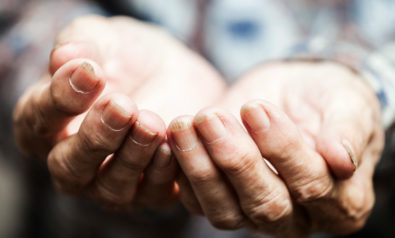

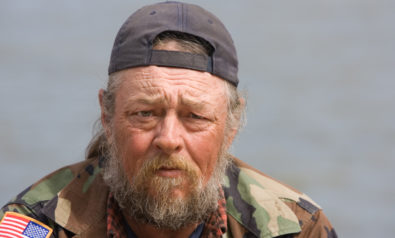

Comment